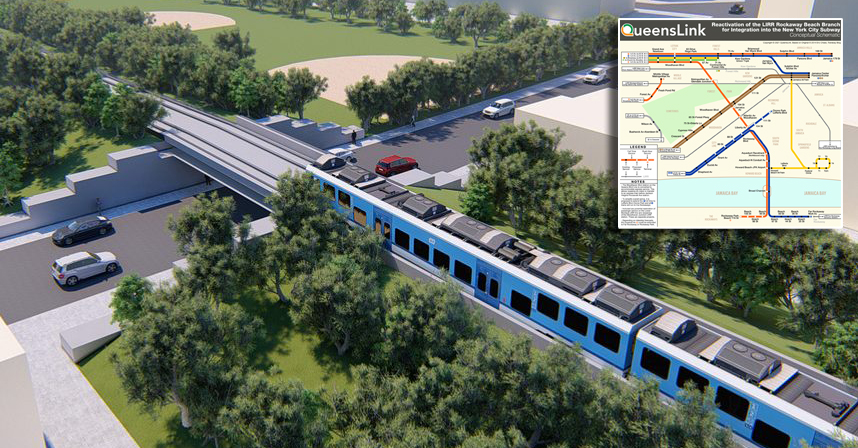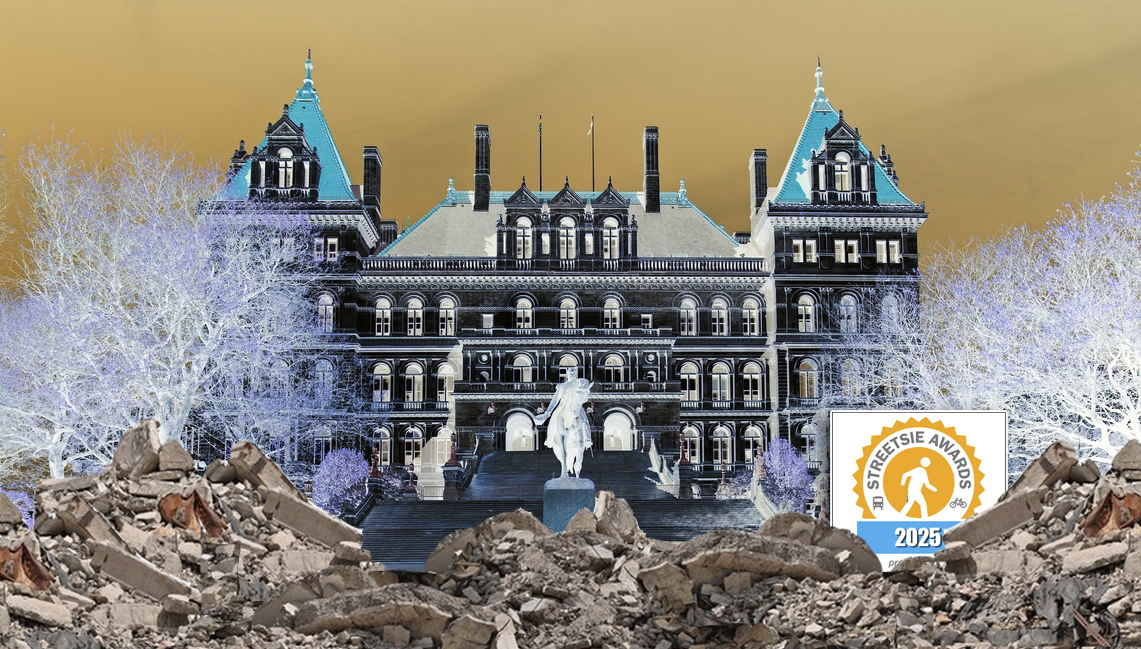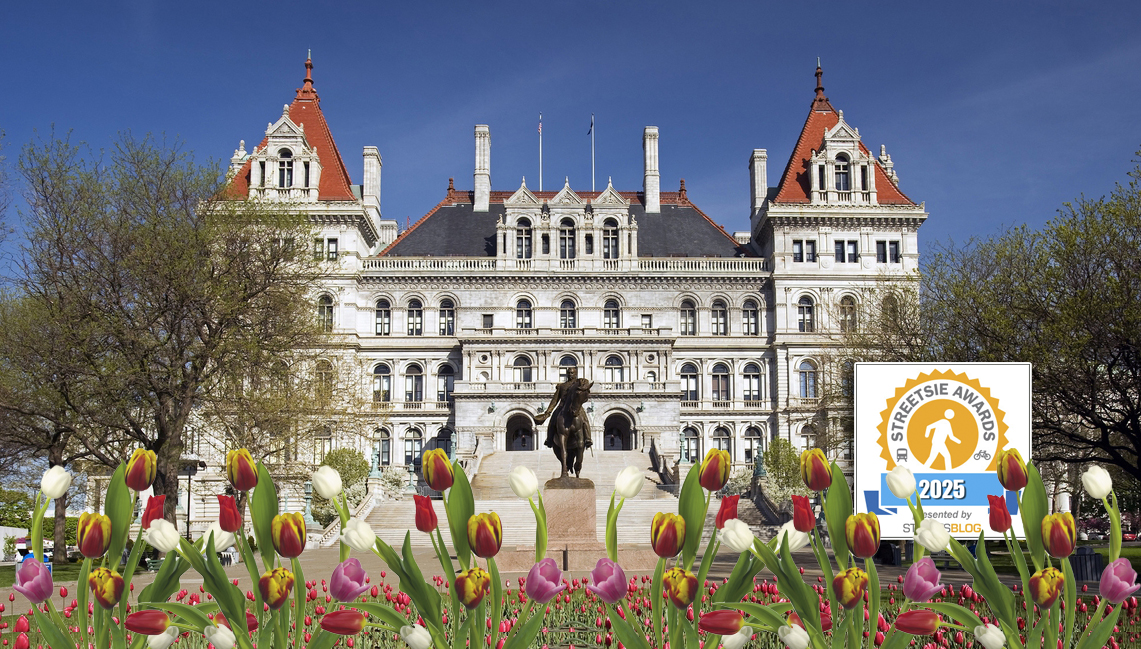Uber is rolling out a new feature that will encourage people who use its shared-ride service in New York to walk to the nearest intersection, instead of getting picked up at their door. The company hopes that by avoiding looping through congested Manhattan to pick up and drop off multiple people, it will make trips faster and easier -- but Uber is trying to solve a problem that buses solved generations ago.
Jarrett Walker at Human Transit has more:
Walking further for more direct, useful, and affordable service is the basic deal that fixed route transit has offered for more than a century. What’s more, if you walk to the bus instead of to UberPool, you can get on any bus instead of waiting for your specific UberPool to arrive.
UberPOOL is a form of "demand responsive transit," Walker explains, which in developed nations, typically works for only two markets: wealthy people who are willing to pay high fares for a direct ride, or paratransit services for seniors and disabled people, which typically require enormous subsidies.
What UberPOOL is attempting to offer the general public -- door-to-door service, or something close to it, while turning a profit -- might make some sense in lower-density areas. But since this latest "innovation" is in Manhattan, Walker says, it shows that "in big cities" Uber is "clearly converging on something for which fixed route transit is already the ideal tool."
What's more, relying on Uber in dense places like Manhattan, even if it offers carpools, is bound to create congestion. Squeezing that many cars on city streets is a recipe for disaster, and research in New York City shows that the proliferation of ride-hail trips is slowing down everyone and getting bus riders stuck in traffic.
The primary innovation of Uber and its competitors remains the apps that "have helped smooth out inefficiencies of communication," Walker writes, "but they will never change the math. Technology never changes geometry."
More recommended reading today: Seattle Transit Blog looks at Boise's streetcar proposal and is worried that Idaho's capital city is going after a shiny new project instead of actual transportation improvements. Streets.mn says Minneapolis needs to stop debating the merits of its downtown skyway system and instead focus on improving the streets. And Mobility Lab looks at statistics from Seattle showing that people who work near protected bikeways are more likely to bike to work.






